Swedish massage involves light to medium pressure, and is designed to relax the body. Other benefits include reducing stress, anxiety and depression, as well as helping to reduce back pain and headaches, and other chronic muscle issues. Massage is also associated with benefits for the immune system.

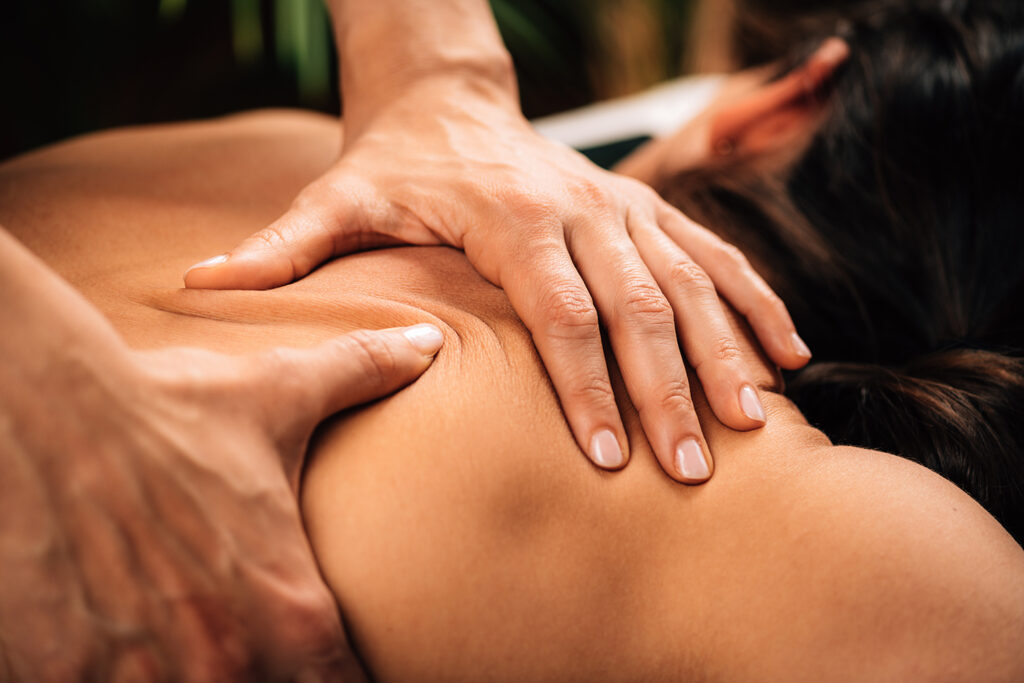
As the name suggests, deep tissue massage targets the deeper layers of your muscles, and is aimed at breaking up scar tissue and adhesions within the muscle fibres. The aim is to improve mobility and reduce muscle pain. It has also been shown to reduce blood pressure and heart rate. It is often applied to a more specific area than a general Swedish massage, and will focus on specific issues that you may be having.
Trigger points are those small painful areas within muscles that many people refer to as ‘knots’. Caused by tight areas within the muscles and fascia, they restrict blood flow and can cause pain. They can be quite uncomfortable, and are often in a very specific location. Treating them involves deep tissue pressure and other fascial release techniques, which can be a little uncomfortable at the time, but the benefits outweigh the discomfort, bringing pain relief and relaxation to the client.
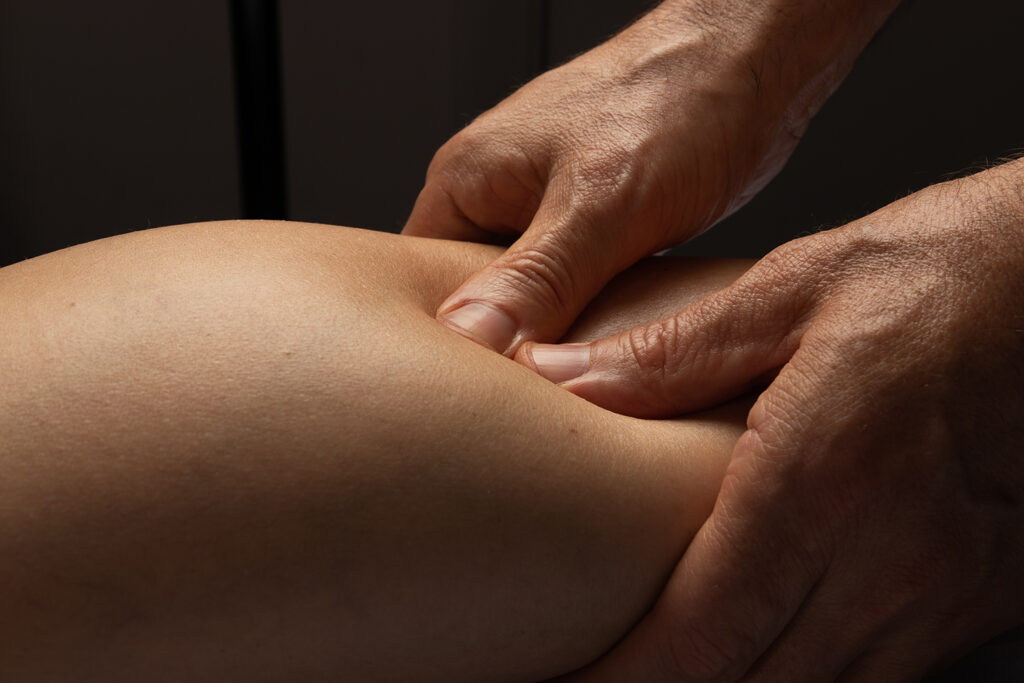
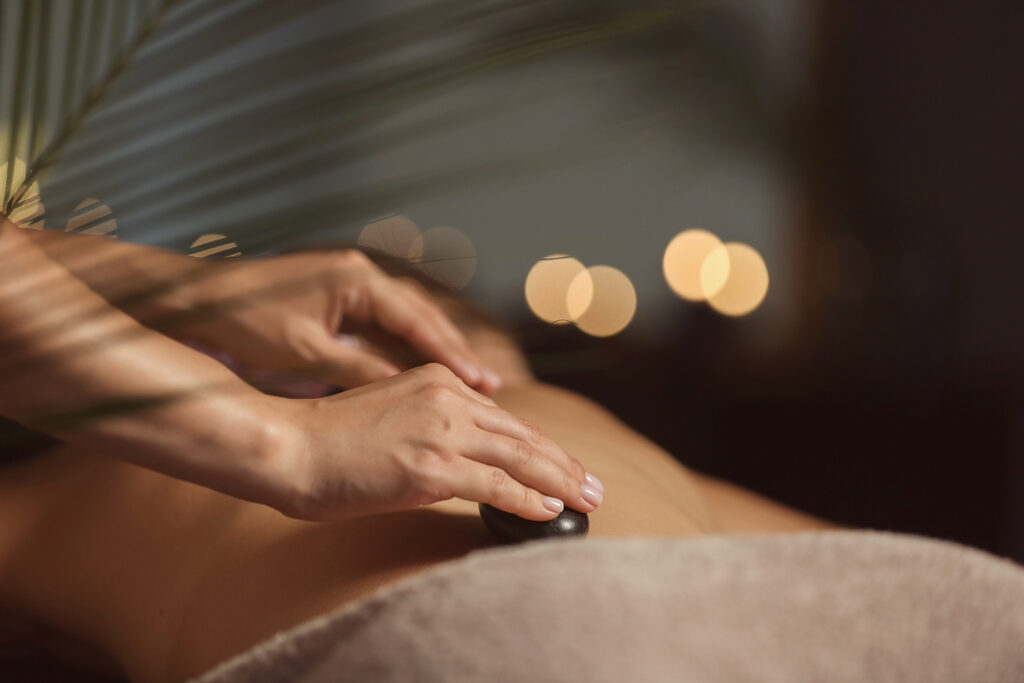
Tight muscles respond very well to heat. Therefore, including hot stones into the massage routine will bring about additional benefits with regard to your massage, including reduced inflammation, enhanced relaxation, and many people report improved sleep.
There are a number of precautions to be aware of with hot stone massage.
Certain medications, such a blood thinners, can have heat-induced side effects.
If you have a medical condition that results in a lack of sensation in the body, such as MS, diabetes, neuropathy and high blood pressure, you are advised to avoid hot stone massages owing to the increased risk of unintentional burns.
A suppressed immune system, such as in cases of Epstein Barr disease, cancer, Lupus and MS would also be considered to be a reason to avoid hot stone massage.
It is also not recommended for pregnancy massage.
Pregnancy, or prenatal massage utilises mostly Swedish techniques, with some modifications to body positioning to make it more comfortable for the mother-to-be. Benefits include reduced swelling of feet, legs and hands, pain relief, especially in the lower back, improved sleep, and reduced stress and muscle tension.
Owing to certain risk factors with pregnancy, it is necessary to receive a medical release form from your primary healthcare provider before receiving a pregnancy massage.

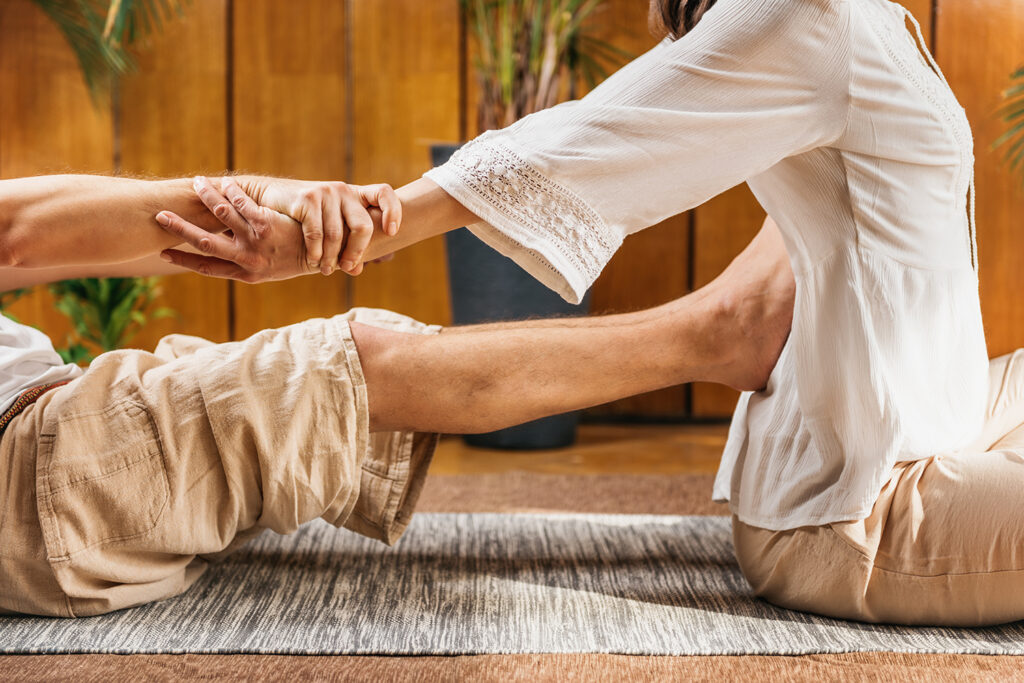
As the name suggests, Thai floor massage is not done on a table, but on a mat on the floor. It differs from Swedish style techniques by utilising rhythmic compressions, and yoga asana stretches. Thai massage is usually performed without disrobing, so loose-fitting or flexible clothing is recommended.
Thai massage increases joint and muscle flexibility leading to better posture, it stimulates blood flow, lowers stress, and helps with pain reduction. It is aimed at balancing the body physically and emotionally.
As an alternative to lying on a table, massage can be administered on a specially designed chair, which relaxes the spine, and gives easy access to the head, neck, shoulders and back. This can be more comfortable for people who have issues with lying down, especially those with breathing difficulties. The client will be fully clothed, and typically, not being a full body massage, it will be shorter in duration.

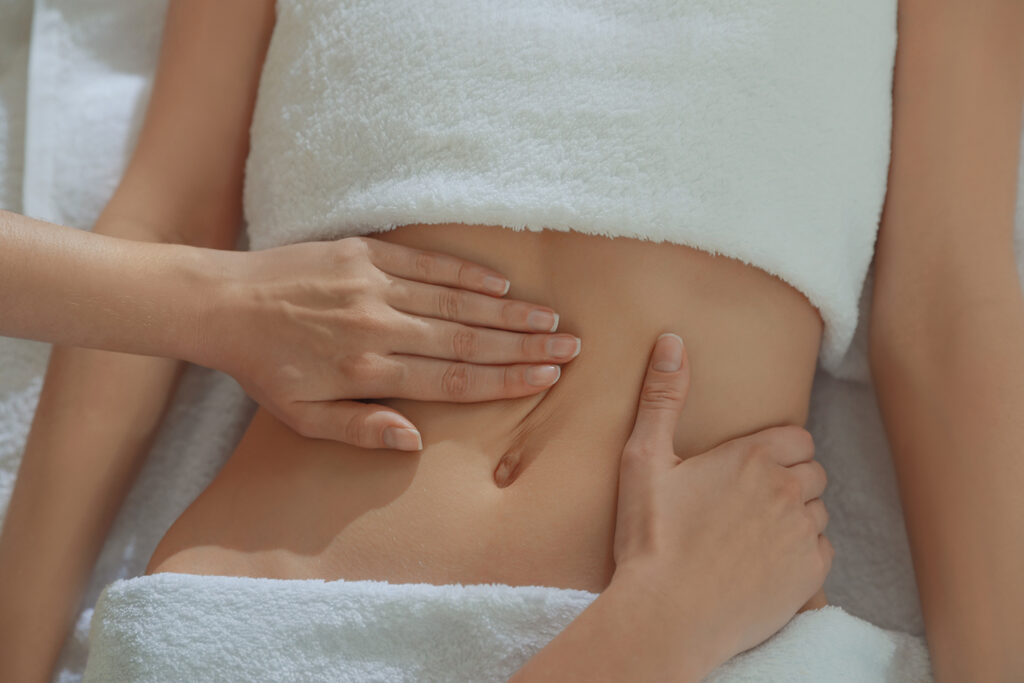
Lymphatic drainage is a very light touch bodywork modality, as most of your lymph circulates just below your skin. It helps move fluid trapped in the tissues back into circulation via the lymph nodes. As well as reducing swelling, it speeds up the processing of waste matter such as cellular debris through the lymph nodes, in effect ‘cleaning’ the tissues. For this reason, lymphatic drainage pre- and post-surgery has been linked with faster healing times.
Lymphatic drainage is also associated with emotional wellbeing, and induces a deep state of relaxation.